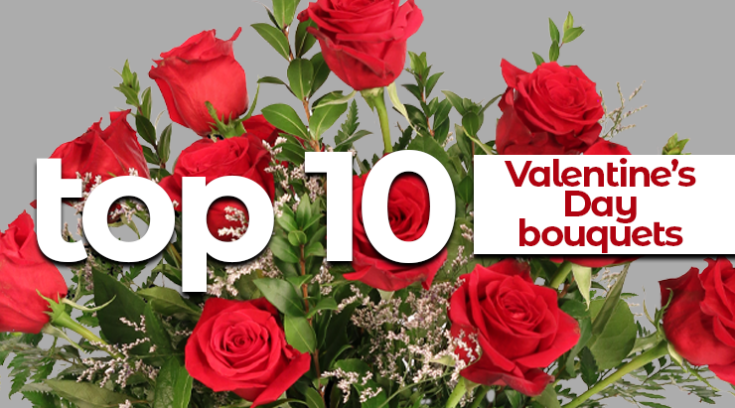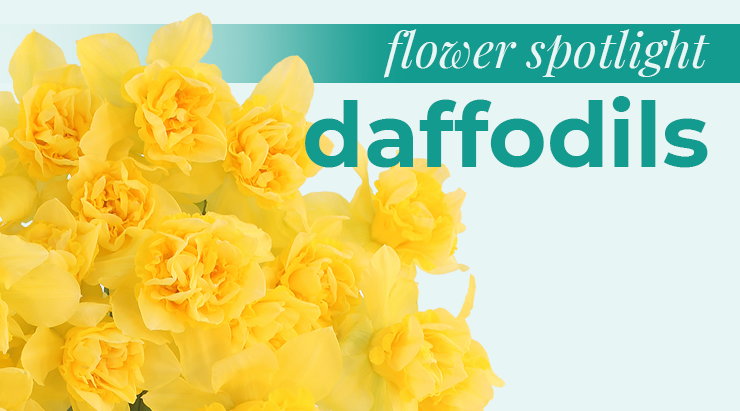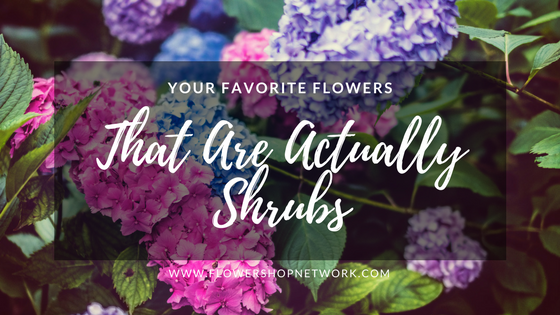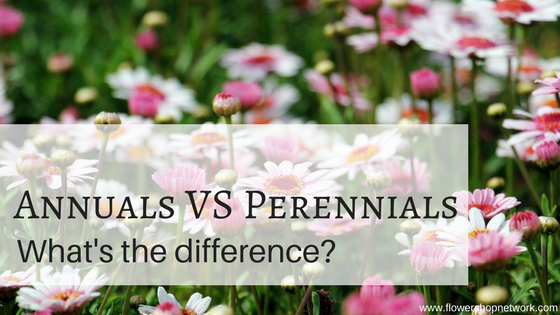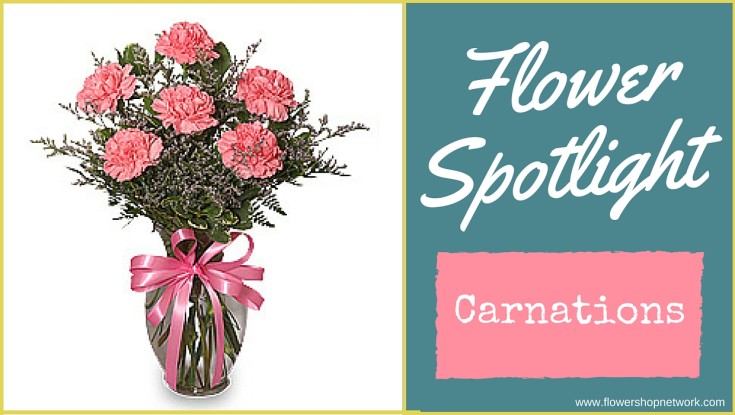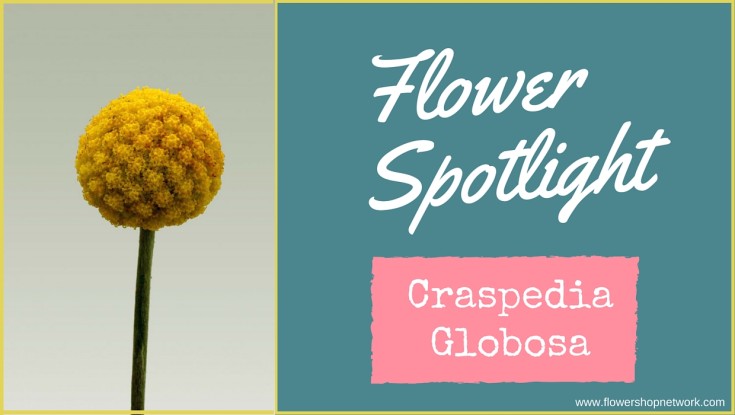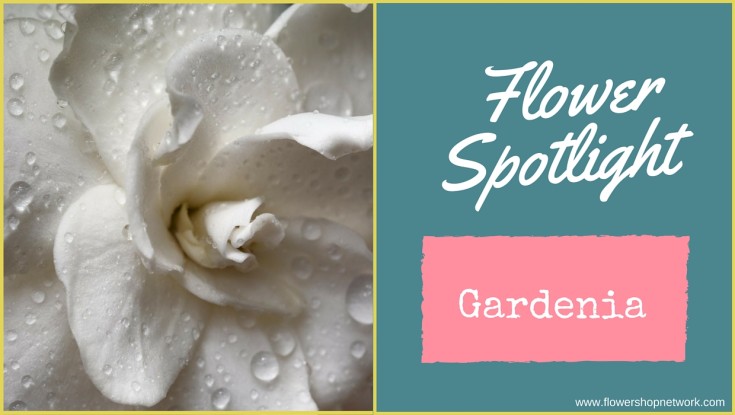
Welcoming a new baby is a joyous occasion that deserves a special celebration. One of the most heartfelt ways to express your congratulations and share in the happiness is by sending a beautiful arrangement of flowers. Here are some of our favorite bouquets that will make any new parent proud.
[Read more…]

 Find Your
Find Your 
